 La Journée mondiale des zones humides est célébrée chaque année le 2 février afin de sensibiliser au rôle important que jouent les zones humides dans la prospérité humaine et la santé de la planète. Le thème de 2024, «Zones humides et bien-être humain», est axé sur l’interdépendance entre les zones humides et plusieurs aspects du bien-être humain, notamment la santé physique, mentale et environnementale.
La Journée mondiale des zones humides est célébrée chaque année le 2 février afin de sensibiliser au rôle important que jouent les zones humides dans la prospérité humaine et la santé de la planète. Le thème de 2024, «Zones humides et bien-être humain», est axé sur l’interdépendance entre les zones humides et plusieurs aspects du bien-être humain, notamment la santé physique, mentale et environnementale.
Les zones humides offrent l’eau douce vitale, abritant plus de 100 000 espèces. Elles soutiennent l’humanité, comme en témoigne le riz cultivé dans les rizières des zones humides, un aliment de base pour trois milliards de personnes, contribuant à 20 % de l’alimentation mondiale. En outre, les zones humides servent d’amortisseurs naturels, atténuant l’impact des précipitations et réduisant les risques d’inondation et d’ondes de tempête.
Reconnaissant leur importance, la FAO participe activement au soutien de la conservation, de la restauration et de la gestion durable des zones humides du point de vue de la sécurité alimentaire et de l’agriculture, y compris la production végétale et animale, la foresterie, la pêche et l’aquaculture, tout en promouvant la gestion intégrée des terres et des ressources en eau, et en relevant les défis posés par le changement climatique, la biodiversité et les demandes des différents secteurs.
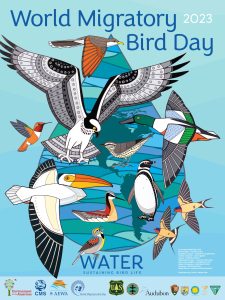 Water is fundamental to sustaining life on our planet. Virtually all migratory birds rely on water and its associated habitats at some point during their life cycles. Lakes, rivers, streams, ponds, wetlands, and coastal waters are all vital for feeding, drinking, or nesting, and as places to rest and refuel during long seasonal migrations.
Water is fundamental to sustaining life on our planet. Virtually all migratory birds rely on water and its associated habitats at some point during their life cycles. Lakes, rivers, streams, ponds, wetlands, and coastal waters are all vital for feeding, drinking, or nesting, and as places to rest and refuel during long seasonal migrations.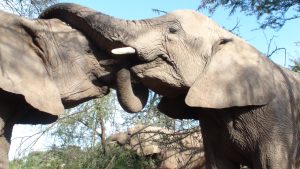 Turns Out Elephants May Play a Crucial Role in Saving The Planet
Turns Out Elephants May Play a Crucial Role in Saving The Planet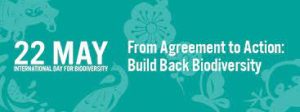
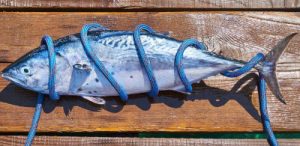
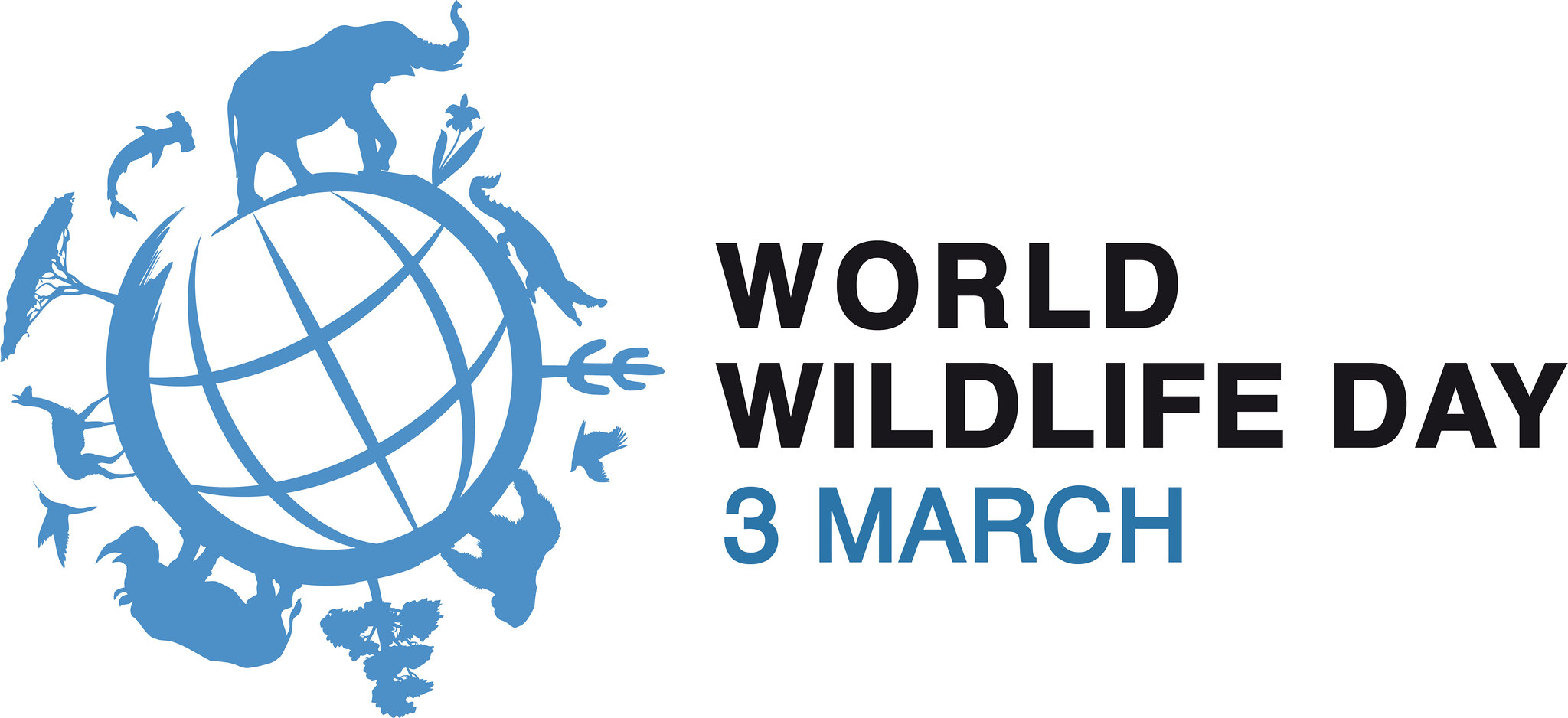
 RHINOCEROS: AFRICA’S ARMOURED GIANT SPECIES:
RHINOCEROS: AFRICA’S ARMOURED GIANT SPECIES: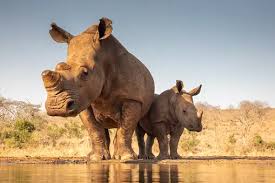 role in their environment.
role in their environment.  WORLD Parrot Day, which falls on May 31, highlights the threat to the bird species.
WORLD Parrot Day, which falls on May 31, highlights the threat to the bird species.
 Nettoyons nos océans
Nettoyons nos océans